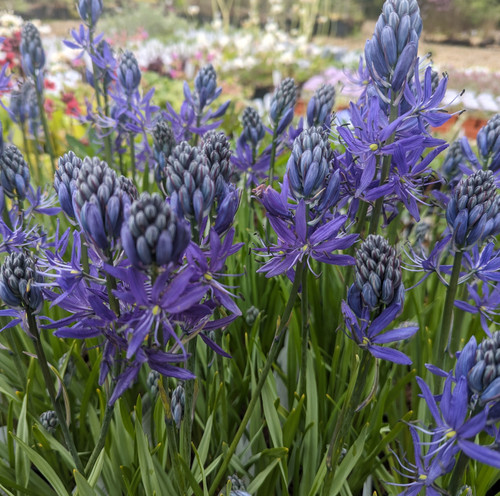Plant Overview
The British native wild carrot. White umbel shaped flowers of white, or very pale pink, from June to September. After flowering, the flowerhead folds inward to develop a concave head of seeds, resembling a birds’ nest. This remains throughout winter.
Wild carrot has a host of common names, including Bird's Nest, Bishop's Lace, and Queen Anne's Lace.
The root is edible while young, but becomes woody with age. The leaves and flowers can also be eaten, except in large quantities, and the flowers are sometimes battered and fried.
Will seed itself gently if seed heads are left on. An important native plant, loved by our bees, other pollinators and beetles.
Grow in a mixed flower border or in a wildlife garden, meadow or verges. Drought tolerant when established.
Can be used for cut flower displays.
Height: 30-60cm
Myth and Legend
The age-old belief, that carrots will help improve eyesight, was used as propaganda during the Second World War. It was claimed that RAF pilots were being given extra carrots so they would have an advantage over their German counterparts. In reality, it was the invention of radar that enabled them to see the enemy coming, not carrots!
In dreams carrots signify strength and profit for those pursuing an inheritance
Common name(s): Bishop's Lace, Wild carrot, Queen Anne's Lace, Bee's Nest, Crow's Nest, Fiddle, Kex, Pig's Parsley, Rantipole.








